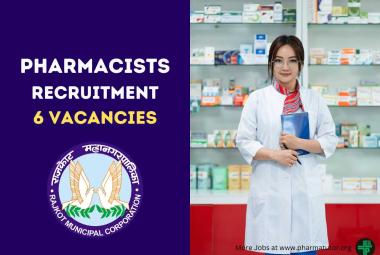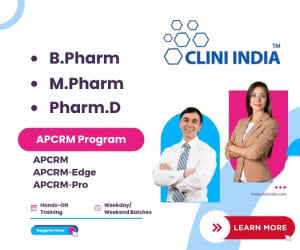BIODEGRADABILITY AND WASTE MANAGEMENT OF JAIPUR FOOT
{ DOWNLOAD AS PDF }
ABOUT AUTHORS:
Anil Kumar Jain1*, Mona Kejariwal2
1 Dr. P.K. Sethi Rehabilitation Centre, Santokba Durlabhji Hospital, Jaipur, Rajasthan, India
2Department of Botany, R.D. National and W.A. Science College, Bandra (west), Mumbai, India.
*anil.rehab64@gmail.com
ABSTRACT
Designed in and named after Jaipur, India, the prosthetic foot was designed to be inexpensive, water-resistant, and quick to fit and manufacture. Several field trials case studies were made and this artificial aid was found to be very comfortable and acceptable to the amputee population following floor sitting culture. The quality assertion and standards related to these prostheses at affordable cost assume great significance especially for India and other developing countries. Environmental issues such as biodegradability of various components like microcellular rubber, tread rubber, nylon cord, cushion compound and skin colour rubber and other. It is necessary that biodegradation issues should be widely held at various platforms beside its bioengineering and designing issues for proper handling and storage concerns. Approval standards and quality control should be a part of the development effort prior to regular production and use of these low cost prostheses.



 ABOUT AUTHORS:
ABOUT AUTHORS:  ABOUT AUTHORS:
ABOUT AUTHORS: ABOUT AUTHROS:
ABOUT AUTHROS:  ABOUT AUTHORS:
ABOUT AUTHORS: 







.png)

